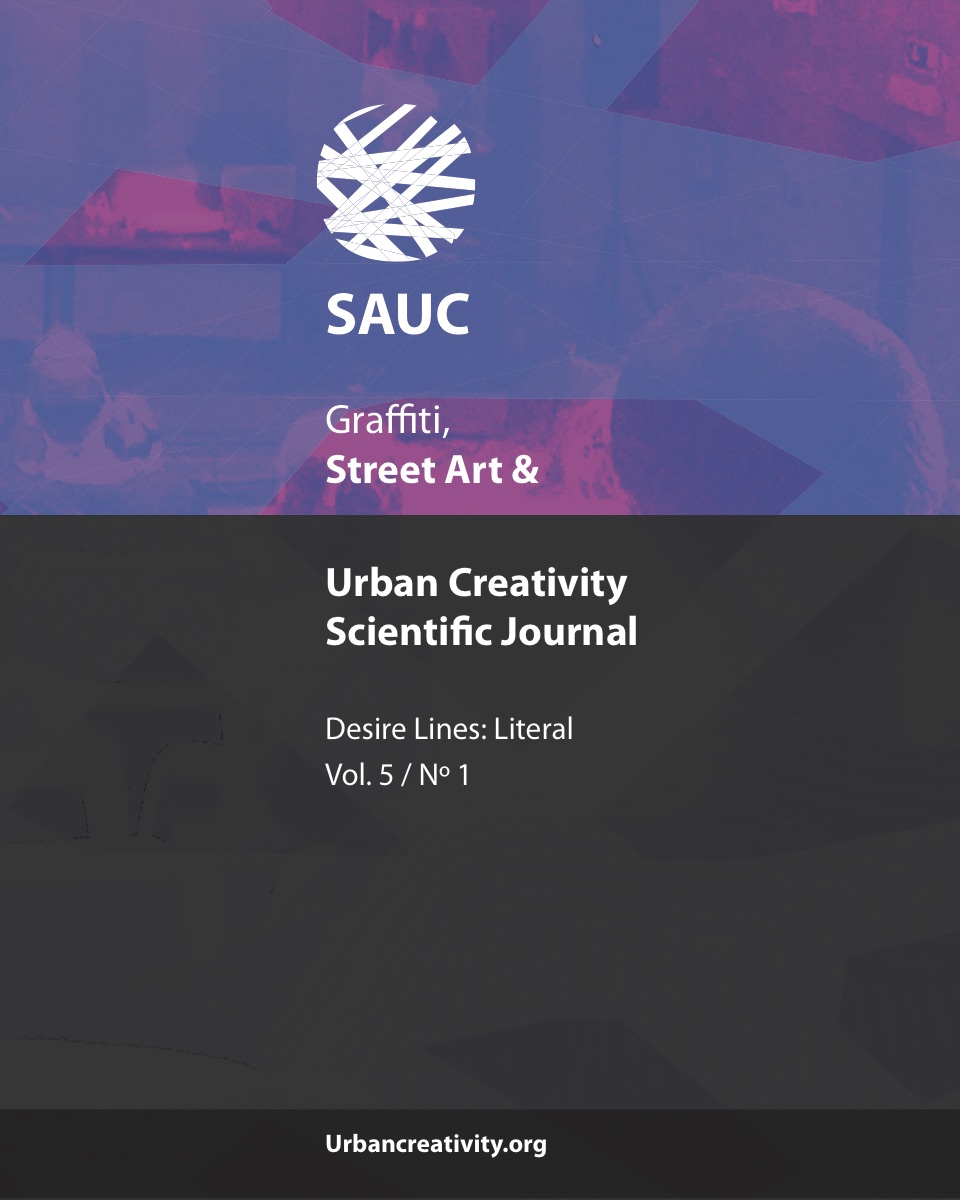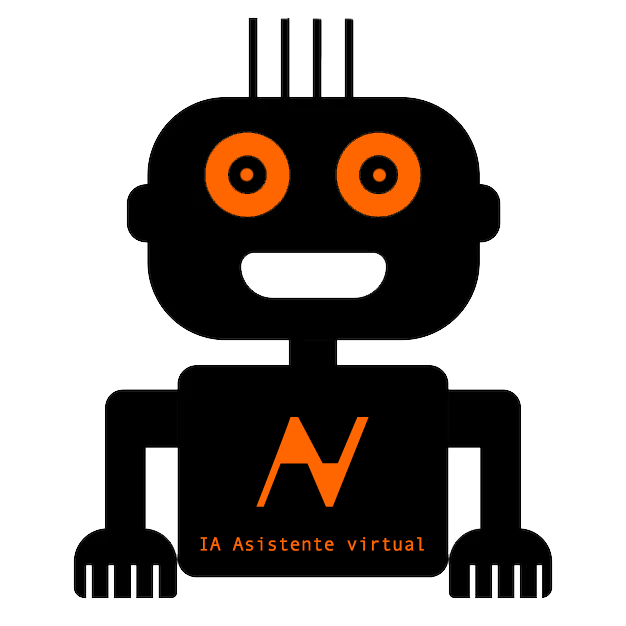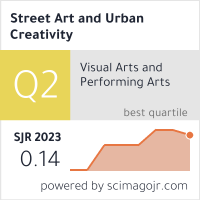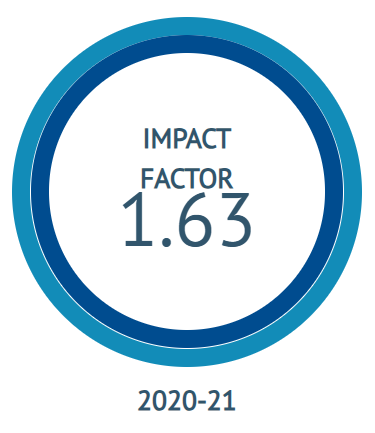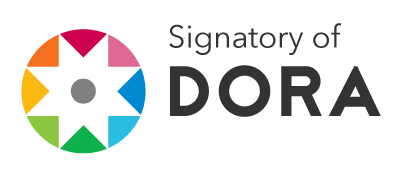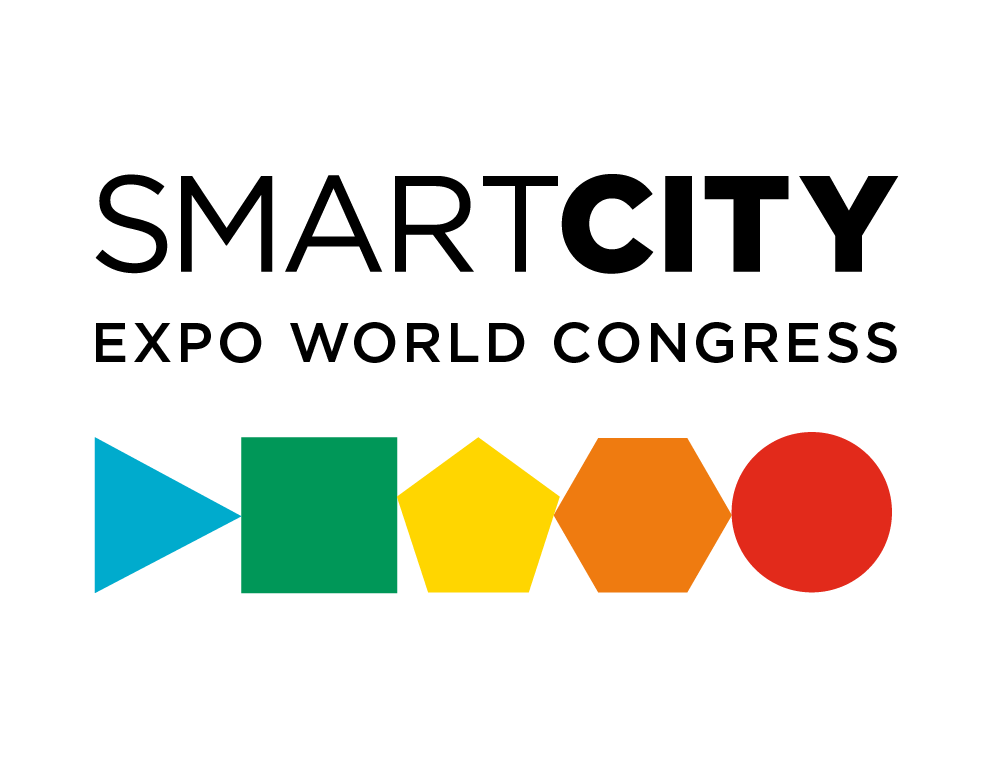There and Back Again: Redistributing Visibility between the Virtual and Real Alleys of Graffiti
DOI:
https://doi.org/10.25765/sauc.v5i1.186Palabras clave:
graffiti, street art, Rancière, Banksy, subversivenessResumen
Blu’s 2008 short film Muto is probably the most ambitious celebration of the intimate relationship connecting new-media technologies and street art.1 Critically acclaimed and viewed almost 12 million times on YouTube, this award-winning video is a stop-motion animation of hundreds of murals that the Italian street artist painted in different cities across the globe.2 Blu’s surreal figures invade the city and their gestures are experienced and appreciated through computer screens and mobile phone displays.
When looking at street art’s relationship with new media, Muto is hardly an exception. Technology has played a crucial role in making the street art movement a popular genre. The availability of cheap digital cameras and the possibility of photo publishing on social media have transformed graffiti – the original and most radical form of street art – from an esoteric practice into a global phenomenon. Social networks have made available to internet users a constantly expanding gallery of street artworks. Communicating technologies have then radically changed how we engage with this art form. We primarily appreciated street artworks as and through photographs, in ways suggesting epistemic and ontological primacy of the “reproduction” over the “original.” For its constitutive linked with the city, street art’s digital media revolution had then affected how we perceive, experience, and conceptualize public places.
In this paper, I argue that post-Internet street art has significantly re-shaped urban space, questioning dominant spatial hierarchies in politically subversive ways. Street art questions what Jacques Rancière calls the “distribution of the sensible” by making visible what usually remains unseen. It does so by deploying tactics thriving on the interplay between material and digital reality. Scholars have largely overlooked this link between the virtual and the real alleys of graffiti. Street art exists in between material and virtual reality, showing the conceptual and practical impossibility of their neat separation. Today’s public space is produced and negotiated also in binary code. Section 2 discusses the subversive nature of graffiti and street art. Section 3 examines writers’ and street artists’ use of communication technology and how this affects the practices and their link with the city.
1 “Blu, Muto, 2008.,” artforum.com, accessed May 1, 2017, https://www.artforum.com/video/mode=large&id=24319.
2 Vanessa Chang, “Animating the City: Street Art, Blu and the Poetics of Visual Encounter,” Animation 8, no. 3 (2013): 215–33, https://doi.org/10.1177/1746847713503280; Brad Yarhouse, “Animation in the Street: The Seductive Silence of Blu,” Animation Studies Online Journal 8 (2013), https://journal.animationstudies.org/brad-yarhouse-animation-in-the-street-the-seductive-silence-of-blu/; Pietro Rivasi, “Megunica,” Garage, 2007.
Descargas
Estadísticas globales ℹ️
|
173
Visualizaciones
|
52
Descargas
|
|
225
Total
|
|
Descargas
Publicado
Cómo citar
Número
Sección
Licencia
Los autores/as que publiquen en esta revista aceptan las siguientes condiciones:
- Los autores/as conservan los derechos de autor.
- Los autores/as ceden a la revista el derecho de la primera publicación. La revista también posee los derechos de edición.
- Todos los contenidos publicados se regulan mediante una Licencia Atribución/Reconocimiento-SinDerivados 4.0 Internacional. Acceda a la versión informativa y texto legal de la licencia. En virtud de ello, se permite a terceros utilizar lo publicado siempre que mencionen la autoría del trabajo y a la primera publicación en esta revista. Si transforma el material, no podrá distribuir el trabajo modificado.
- Los autores/as pueden realizar otros acuerdos contractuales independientes y adicionales para la distribución no exclusiva de la versión del artículo publicado en esta revista (p. ej., incluirlo en un repositorio institucional o publicarlo en un libro) siempre que indiquen claramente que el trabajo se publicó por primera vez en esta revista.
- Se permite y recomienda a los autores/as a publicar su trabajo en Internet (por ejemplo en páginas institucionales o personales), una vez publicado en la revista y citando a la misma ya que puede conducir a intercambios productivos y a una mayor y más rápida difusión del trabajo publicado (vea The Effect of Open Access).

